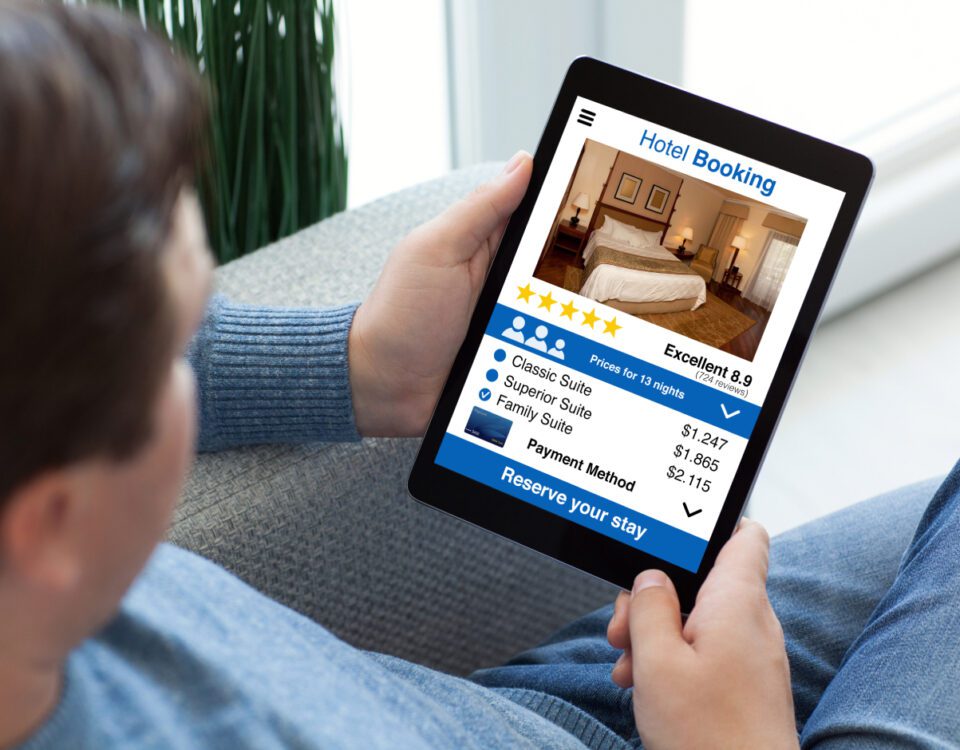Share
So you’ve set up your brand’s social media pages, started publishing content and begun providing customer service… Now what? The next most important thing to do is to establish some KPIs (Key Performance Indicators) and track your results using the vast range of metrics that can be measured online.
The metrics you choose to monitor will depend on the specific goals of your business, and some may be more valuable to you than others - but no matter your desired outcome, it’s essential to keep an eye on the effectiveness of your strategy and regularly check for any changes. Whether you’re planning to track them manually using the built-in analytics tools on each social media platform or use the reporting feature on a third-party CRM, check out our guide first to build an understanding of each metric and what they mean for your brand.


Content Metrics
Engagement Rate
Engagements are actions people take on your content, such as likes, retweets, reactions, comments and shares. Your engagement rate measures the number of engagements your content receives as a percentage of your audience size, and is useful for finding out if your posts are encouraging your audience to interact, or if your followers are simply scrolling past it in their feeds.
Engagement rate = (total engagement ÷ total followers) x 100
Reach
Reach refers to the number of individual people who see your content. It’s a good idea to keep an eye on what percentage of your reach is made up of followers vs. non-followers, because if a lot of non-followers are seeing your content, that means it’s being shared frequently or is performing well in the algorithms (or both!)
Impressions
Impressions are the number of times people see your content. They will often be higher than your reach because the same person might look at your content more than once - for example, if someone checks their socials a few times in the same day, your post may appear in their feed each time, resulting in multiple impressions.
CTR (Click-Through Rate)
Your click-through rate, or CTR, measures the rate at which people click a link in your post to access your website or another web page, so naturally, this is a key metric to monitor if your content is quite link-heavy. It can help you determine whether you’re inserting your links high enough in your content, how effective your CTAs (Calls to Action) are, and if you should be using a link shortener such as Bitly. Links that look trustworthy can actually increase your CTA by between 39% and 200%!
CTR = (total clicks ÷ total impressions) x 100
Video Views & Completion Rate
If you’re posting videos on social media, it’s important to track how many views they’re getting and how many people are watching them all the way through to the end. This will allow you to find out if you’re getting your message across early enough in the video to grab people’s attention - for example, it’s been proven that if you can convince a viewer to watch at least the first 3 seconds of your video, you can get them to stick around for a full 30 seconds.
Video completion rate = (number of video completions ÷ total video views) x 100
Audience Metrics
Net Followers Gained
Counting your new followers is of course a useful activity, but don’t forget your audience size may still decrease even if you’ve gained some fans. This is because people may sometimes unfollow you or unlike your page. That’s why your net followers are more significant.
Net followers gained = number of new followers - number of unfollowers
Audience Growth Rate
As the name suggests, your audience growth rate measures the rate at which your brand’s audience size is increasing or decreasing. It measures your new followers as a percentage of your total audience. When you’re just starting out on social media, getting 10 or 100 new followers in a month can give you a high growth rate - but once you have a larger existing audience, you’ll need to gain more new followers to maintain that momentum.
Audience growth rate = (net followers gained ÷ total audience size) x 100
Customer Service Metrics
FCR (First Contact Resolution)
FCR stands for First Contact Resolution and refers to the rate at which your team is able to resolve customer service requests without needing further escalation. In other words, it measures the percentage of customers who get their question answered within your first response, instead of being referred to a secondary department or having to wait until a later date to receive a solution.
FCR = (number of cases resolved in first contact ÷ total number of cases) x 100
AHT (Average Handle Time)
AHT stands for Average Handle Time and is the average time it takes to deal with a customer transaction from start to finish. 65% of people surveyed by Zendesk claimed that the main reason they had a negative experience with a brand was because their issue took too long to resolve, which shows how crucial it is to maintain a low AHT in order to prevent customers becoming frustrated and turning to your competitors.
AHT = total interaction time ÷ total number of interactions
FRT (First Response Time)
FRT stands for First Response (or Reply) Time, and is used to measure the time it takes for one of your team members to respond to a request, therefore determining how long your customers have to wait before help arrives. Approximately 40% of consumers expect a response from a brand within just 60 minutes on social media, so it’s essential to reply quickly. Short response times show your customers that you’re available and ready to help them, even if your initial reply is just a brief acknowledgement to confirm that you’ve received their query and that it will be investigated as soon as possible.
FRT = (the time at which a team member responds to a query – the time when the customer submitted the query) ÷ total number of queries
Customer Feedback Metrics
CSAT (Customer Satisfaction)
Expressed as a percentage, CSAT is short for Customer Satisfaction and refers to the overall level of fulfilment experienced by your customers after interacting with your brand. Your CSAT score is one of the most straightforward ways to measure how happy people are with your business, and it’s obtained by asking a simple question at the end of a transaction, such as “How satisfied were you with the service you received today?” along with a corresponding survey scale, such as 1-3, 1-5 or 1-10.
CSAT = (sum of all positive responses ÷ total number of responses collected) x 100
Sentiment
Your sentiment is how people are feeling about your brand, including everything from your products and services to your standard of customer care, offers, social media content and more. It’s typically measured by AI systems and NLPs (Natural Language Processors), but we would highly recommend choosing our Human Insight service instead. It’s the only sentiment analysis system on the market that is run by real people, not bots, meaning its results are much more accurate.
Our team will manually sort all of your incoming messages and comments into positive, negative and neutral categories, and will highlight recurring topics and themes so you can see which areas you’re excelling in and which ones need improvement. Clients using this service have been able to make both large and small scale business changes based on the data we’ve collected for them, resulting in more positive conversations online and higher customer satisfaction.
NPS (Net Promoter Score)
NPS, which stands for Net Promoter Score, measures customer loyalty by assessing how likely they are to recommend your brand to a friend. It differs slightly from your CSAT score, as it also takes into consideration potential future transactions, not just those that have already occurred. The official NPS® scale spans from 1-10 and states that:
• “Promoters (score 9-10) are loyal enthusiasts who will keep buying and will refer others, fuelling growth.”
• “Passives (score 7-8) are satisfied but unenthusiastic customers who are vulnerable to competitive offerings.”
• “Detractors (score 0-6) are unhappy customers who can damage your brand and impede growth through negative word-of-mouth.”
NPS = ((promoters - detractors) ÷ total number of responses collected) x 100
Summary
Which social media metrics are you already tracking for your brand, and which ones are you planning to start monitoring throughout 2023? We hope this guide has helped you understand which ones matter most for your business, and how they can provide you with the tools you need to make powerful changes to your strategy. Don’t forget, if you choose to partner with 3sixfive, we’ll take away the guesswork by assembling detailed monthly reports which show you exactly how your brand is performing and how our range of services have improved your results. Contact us today to get started!










